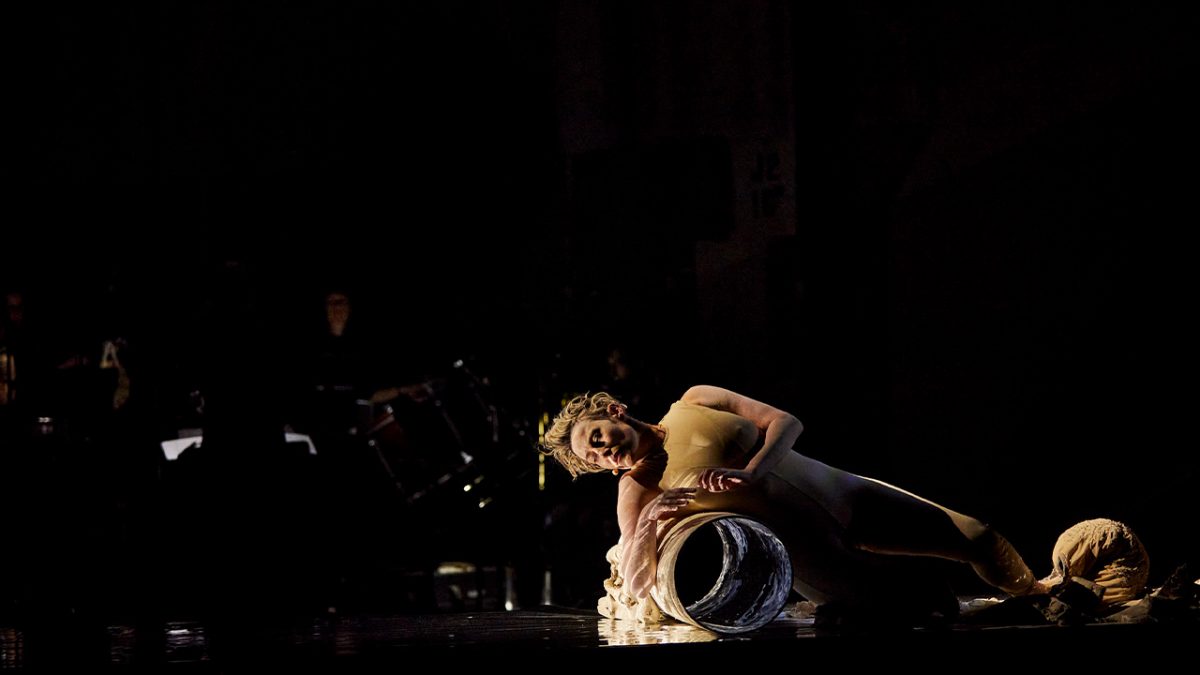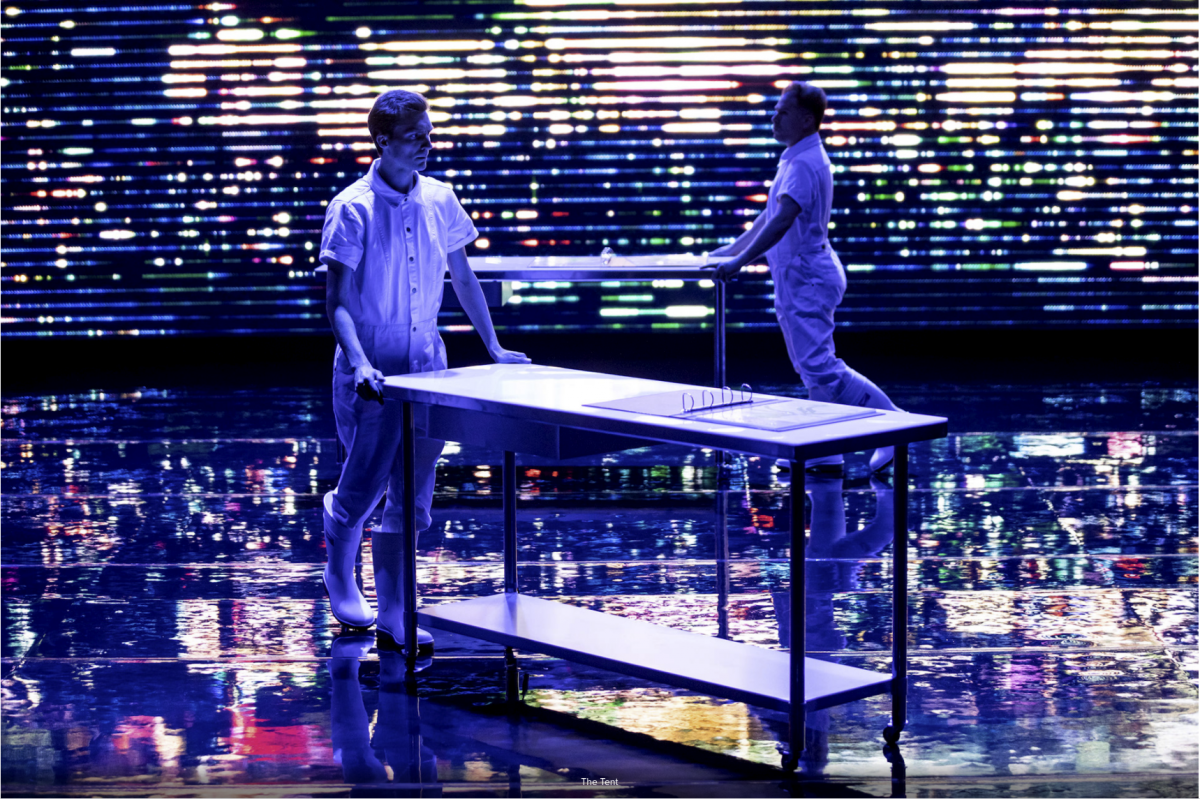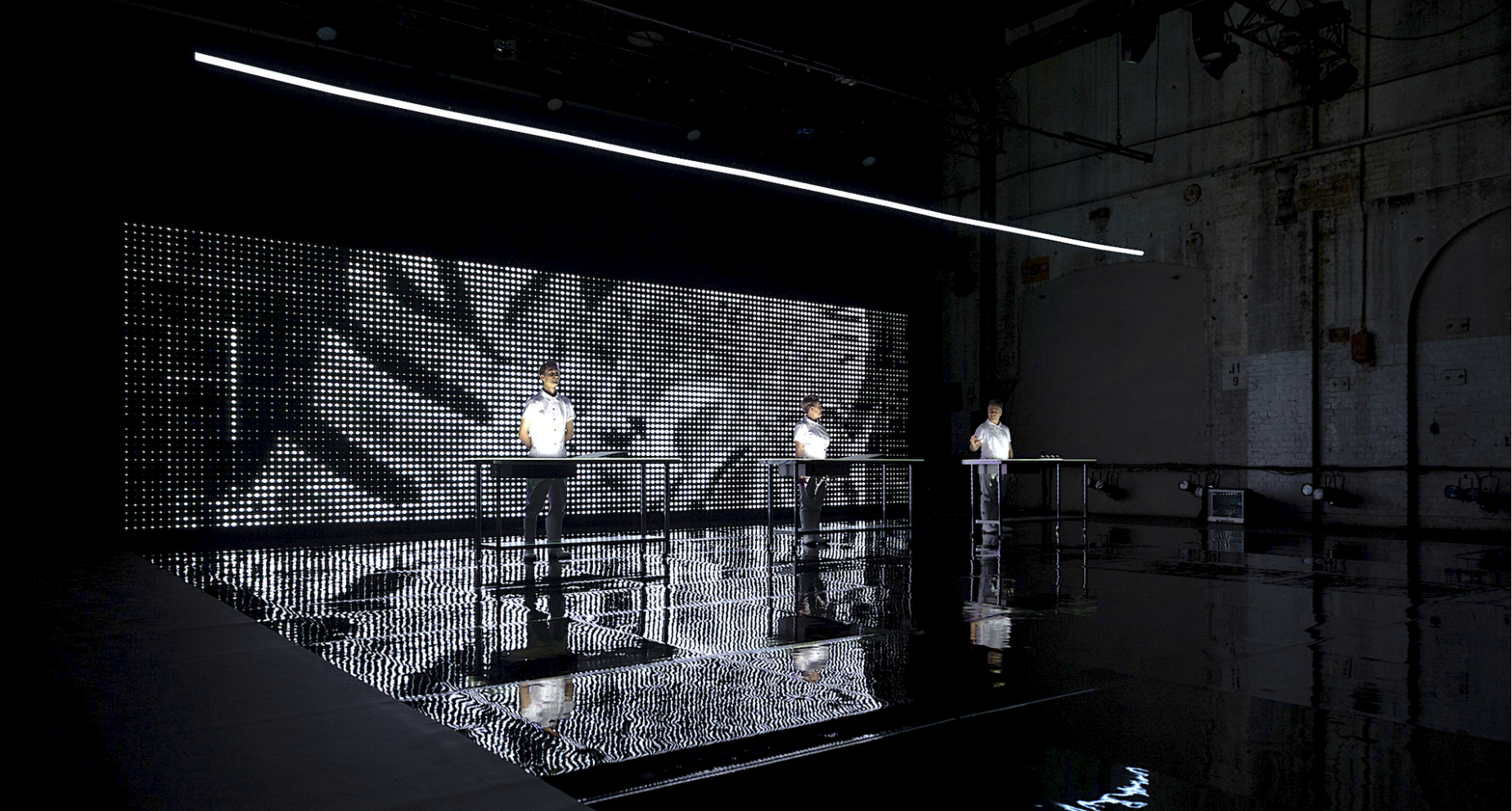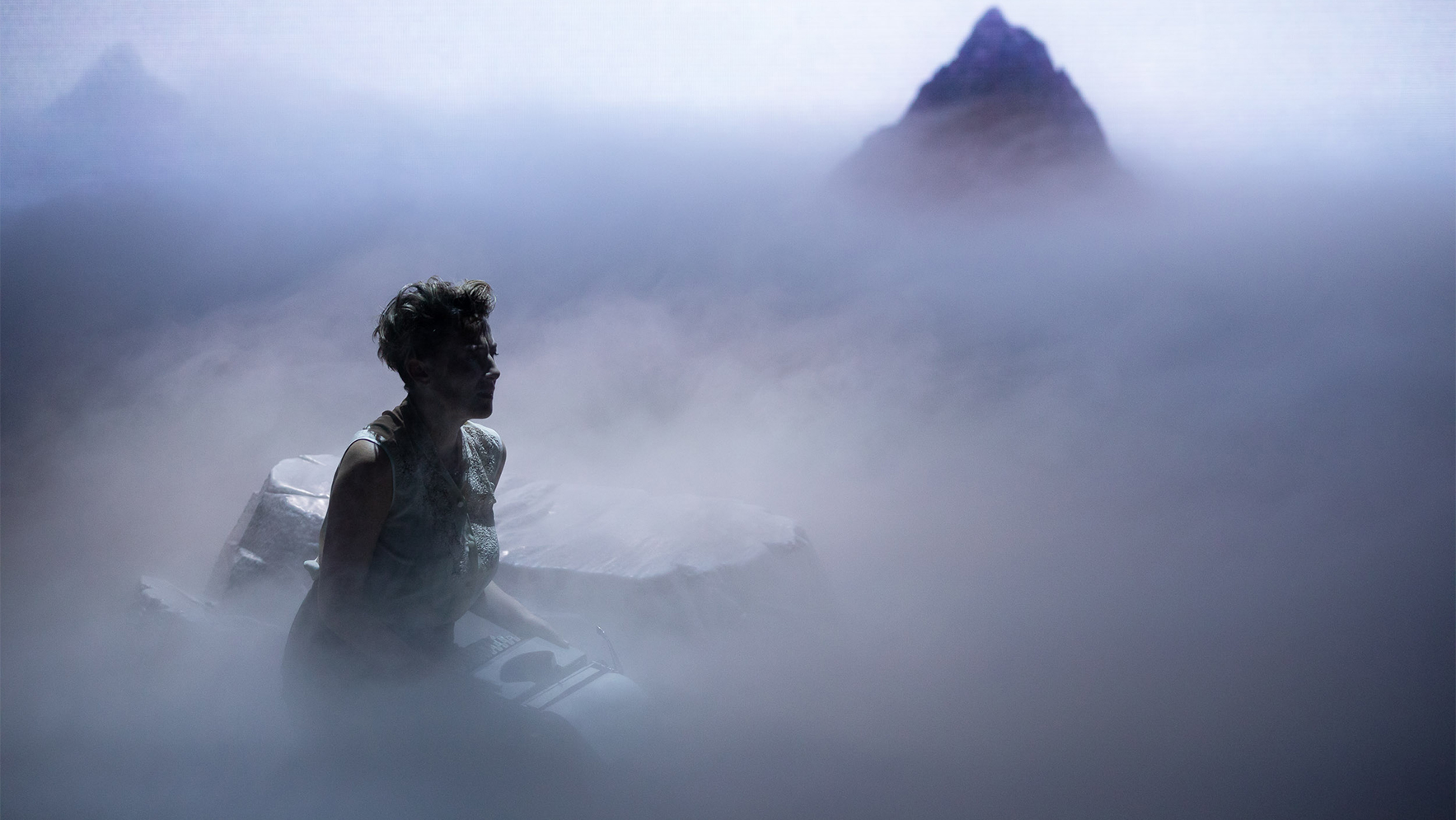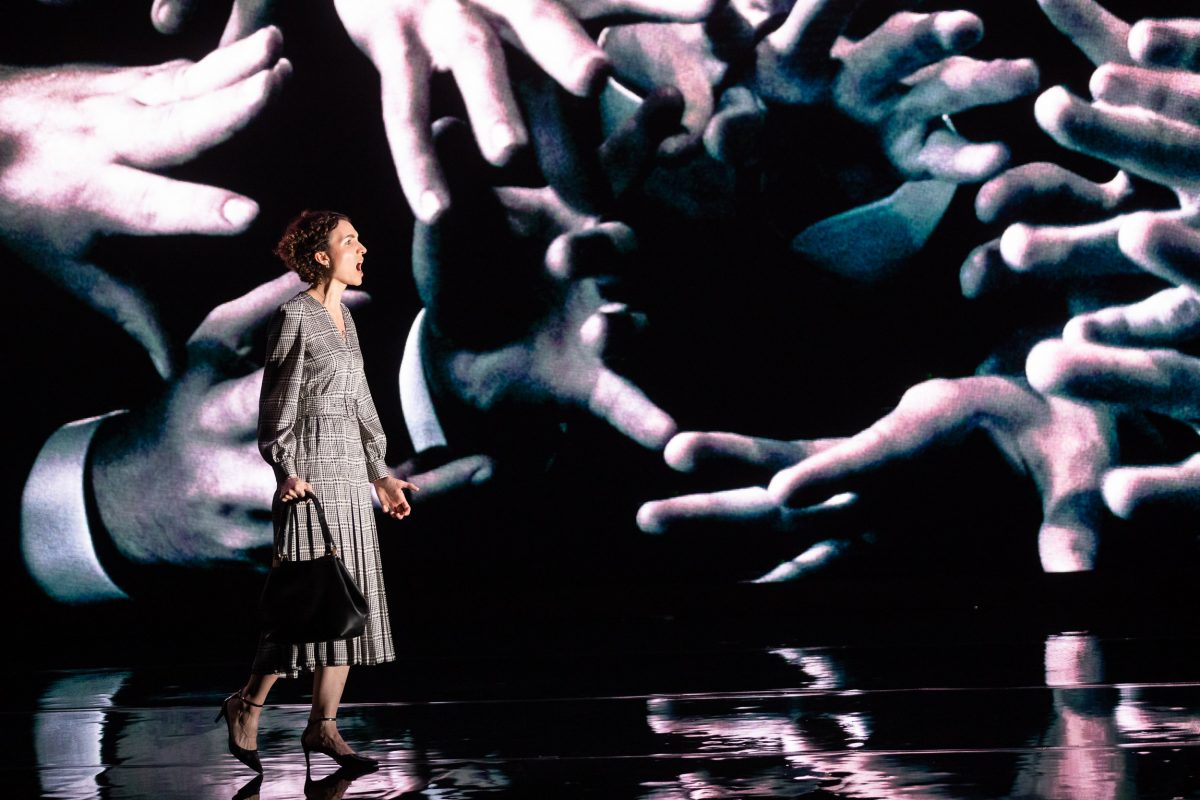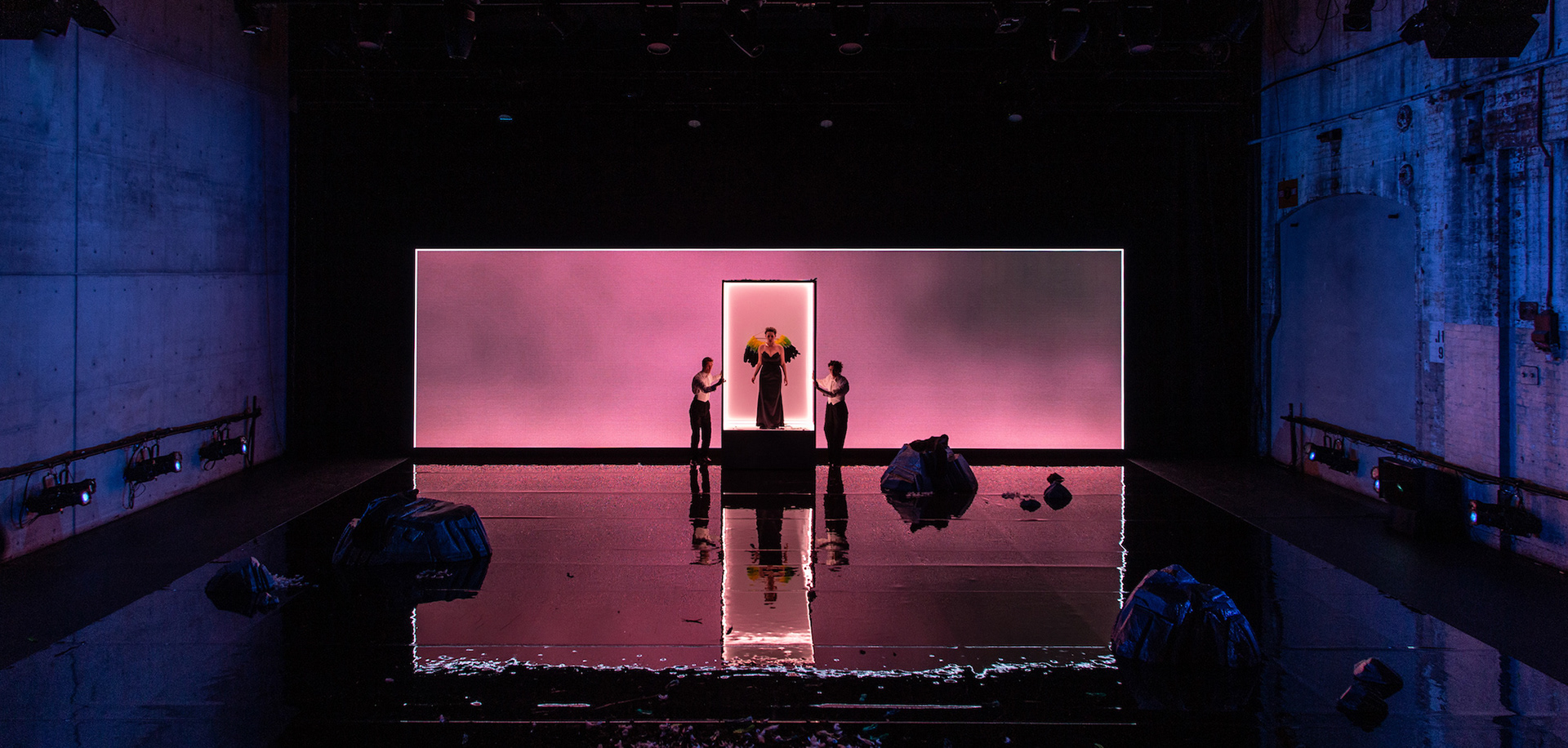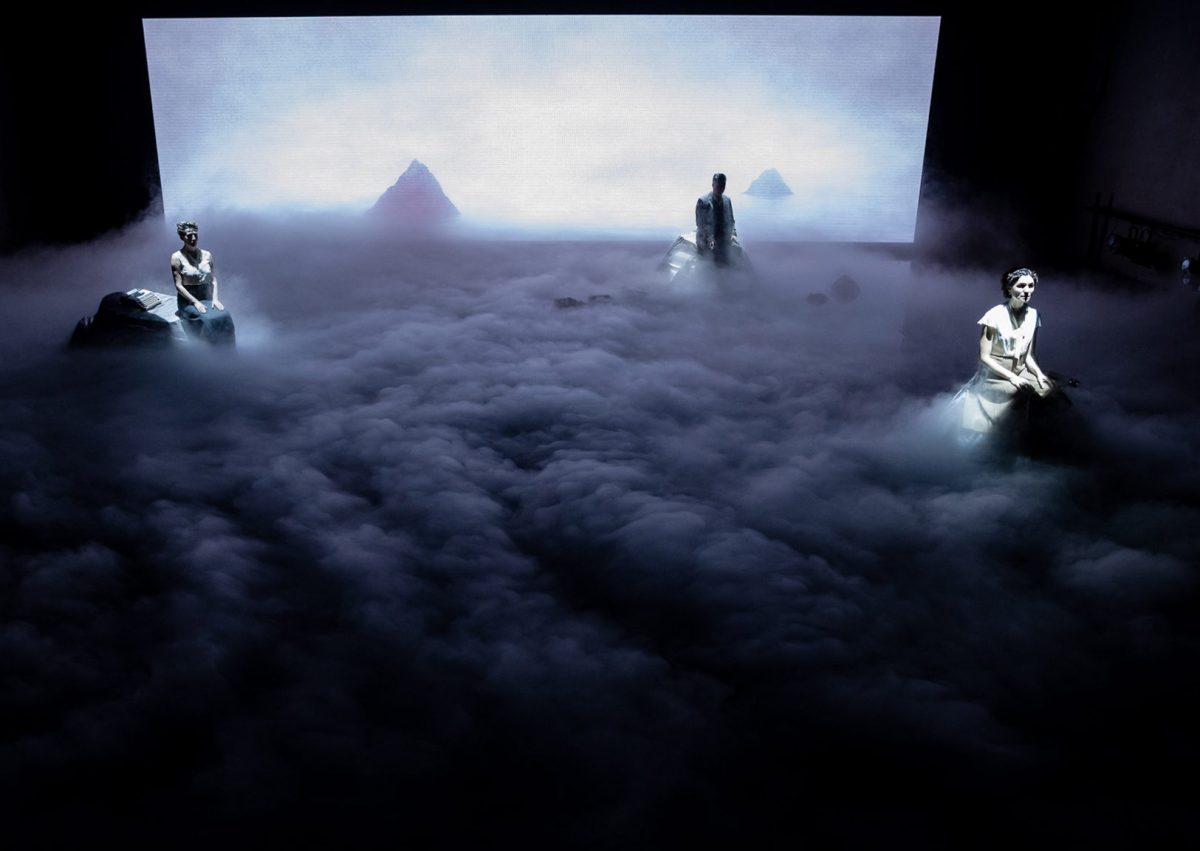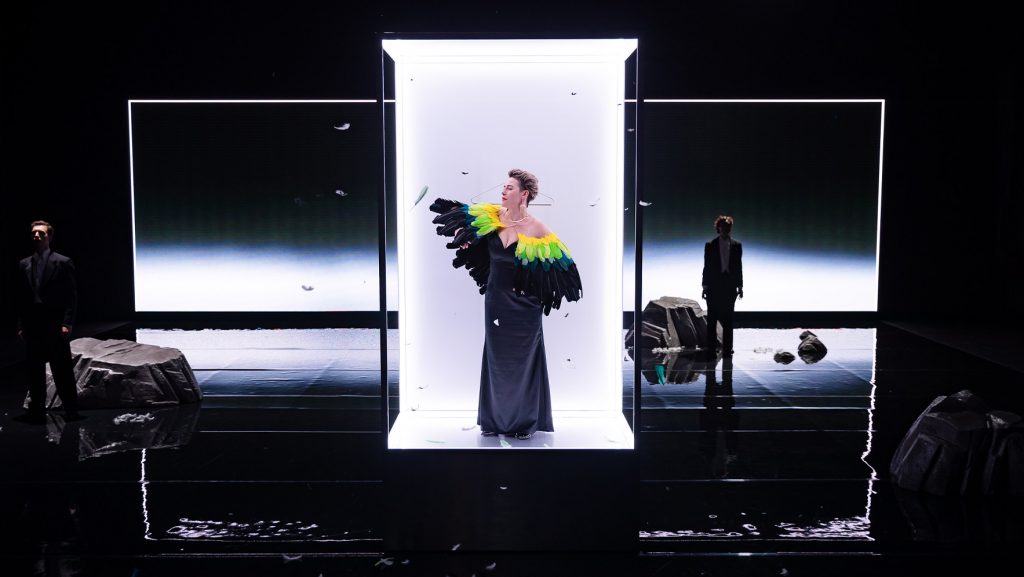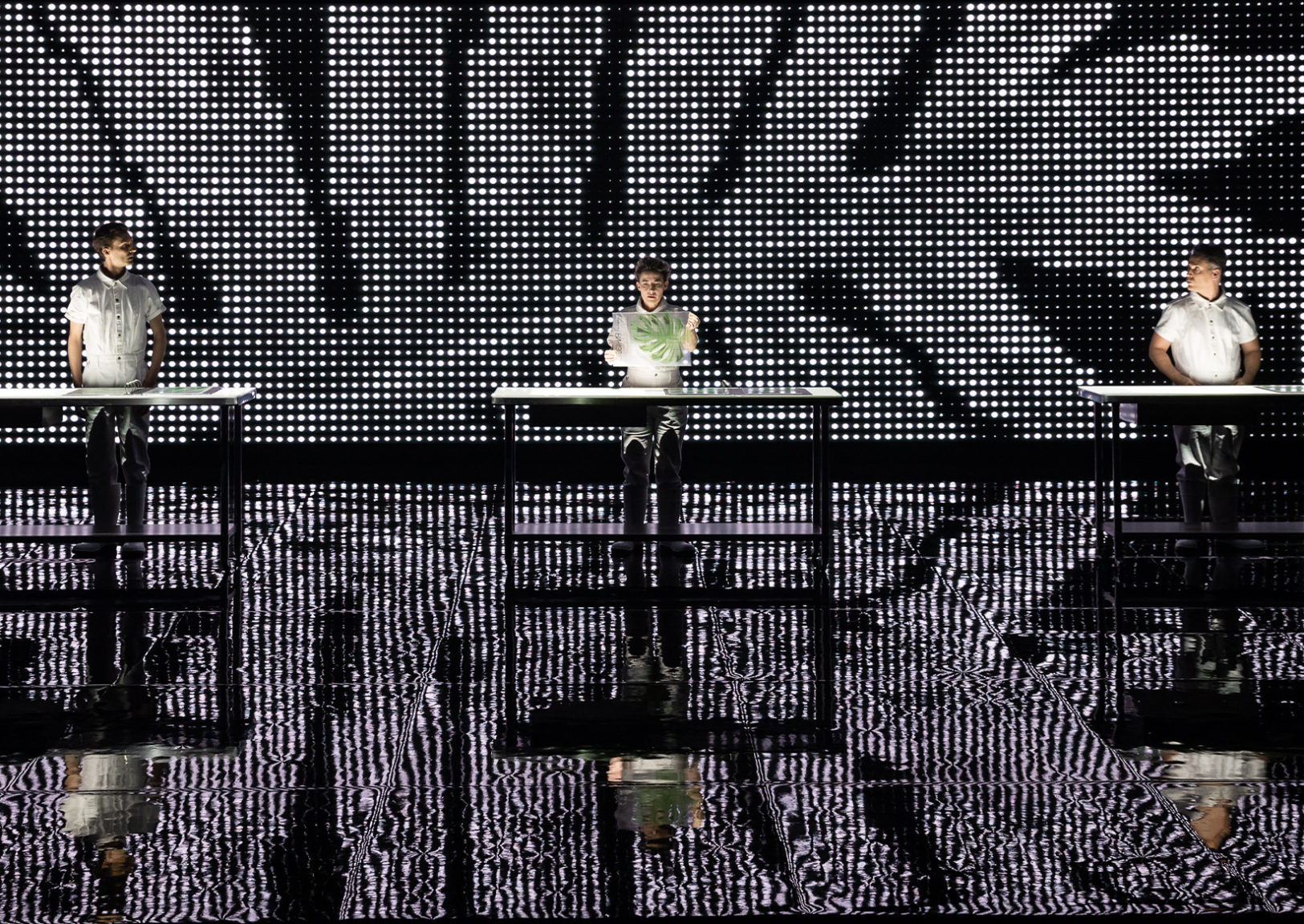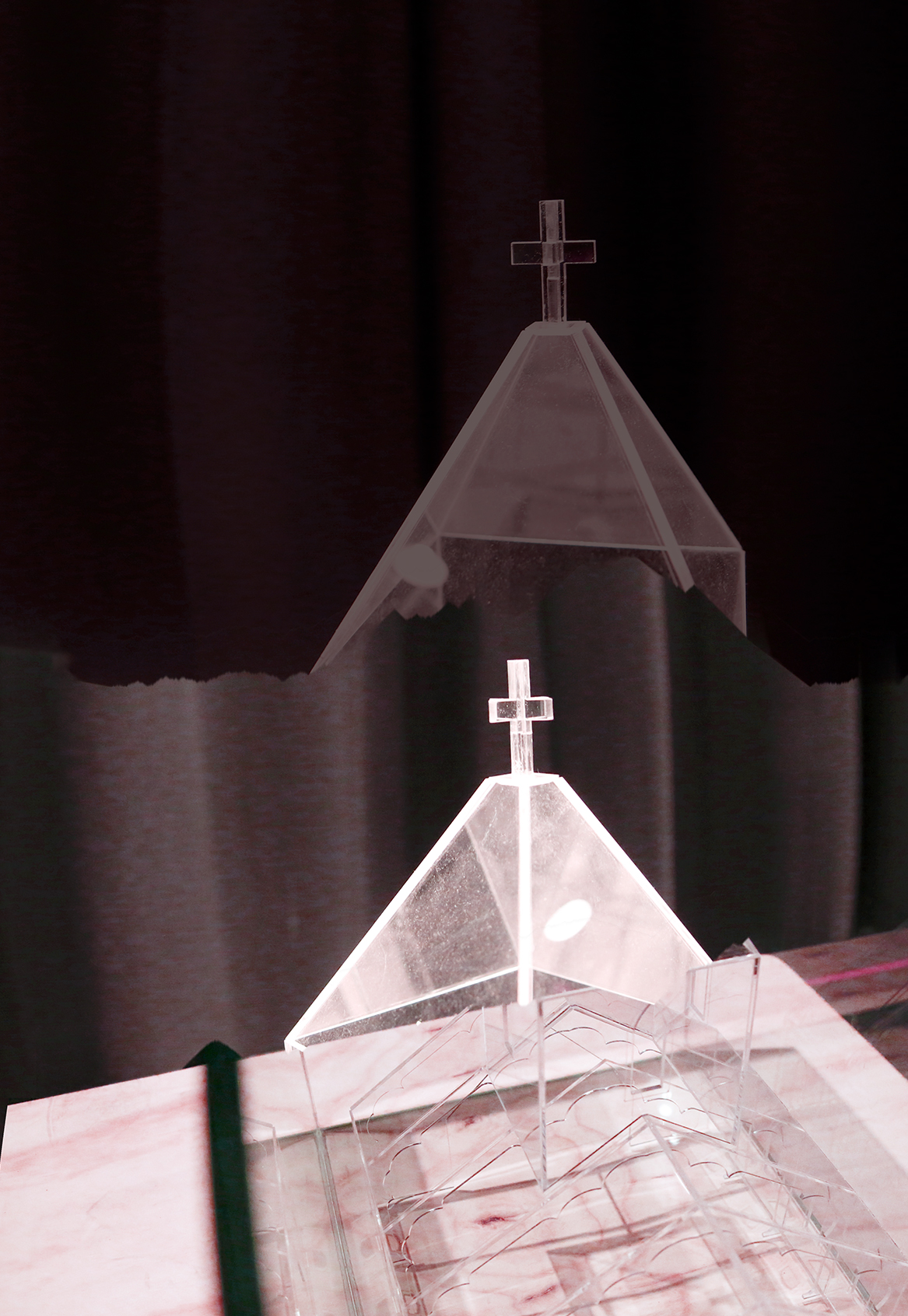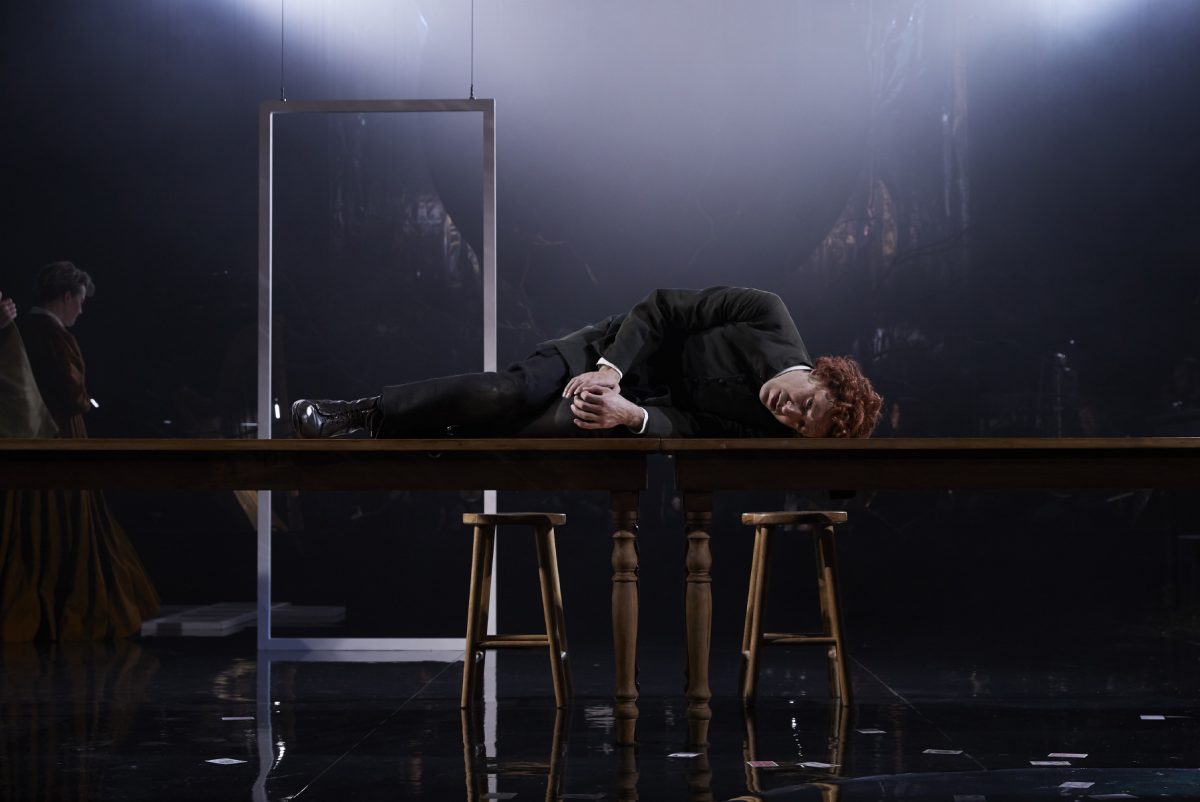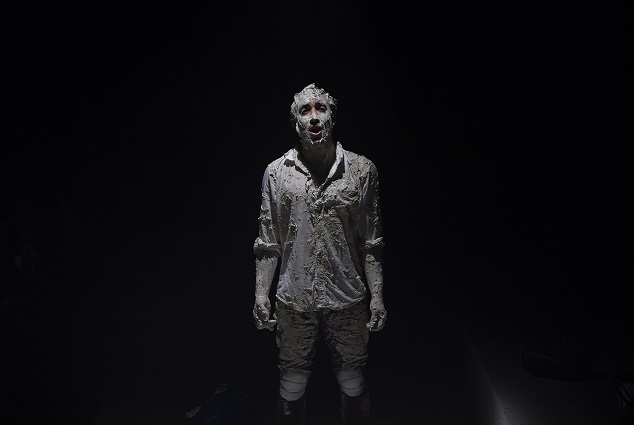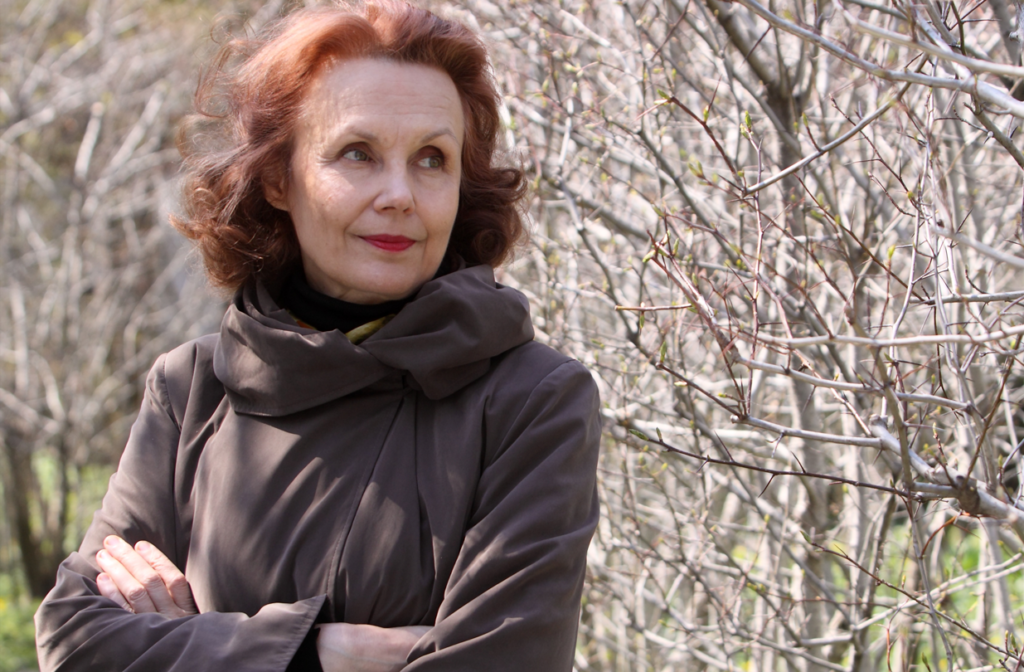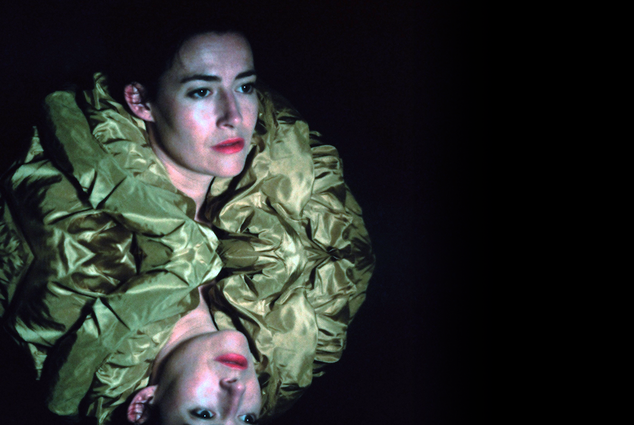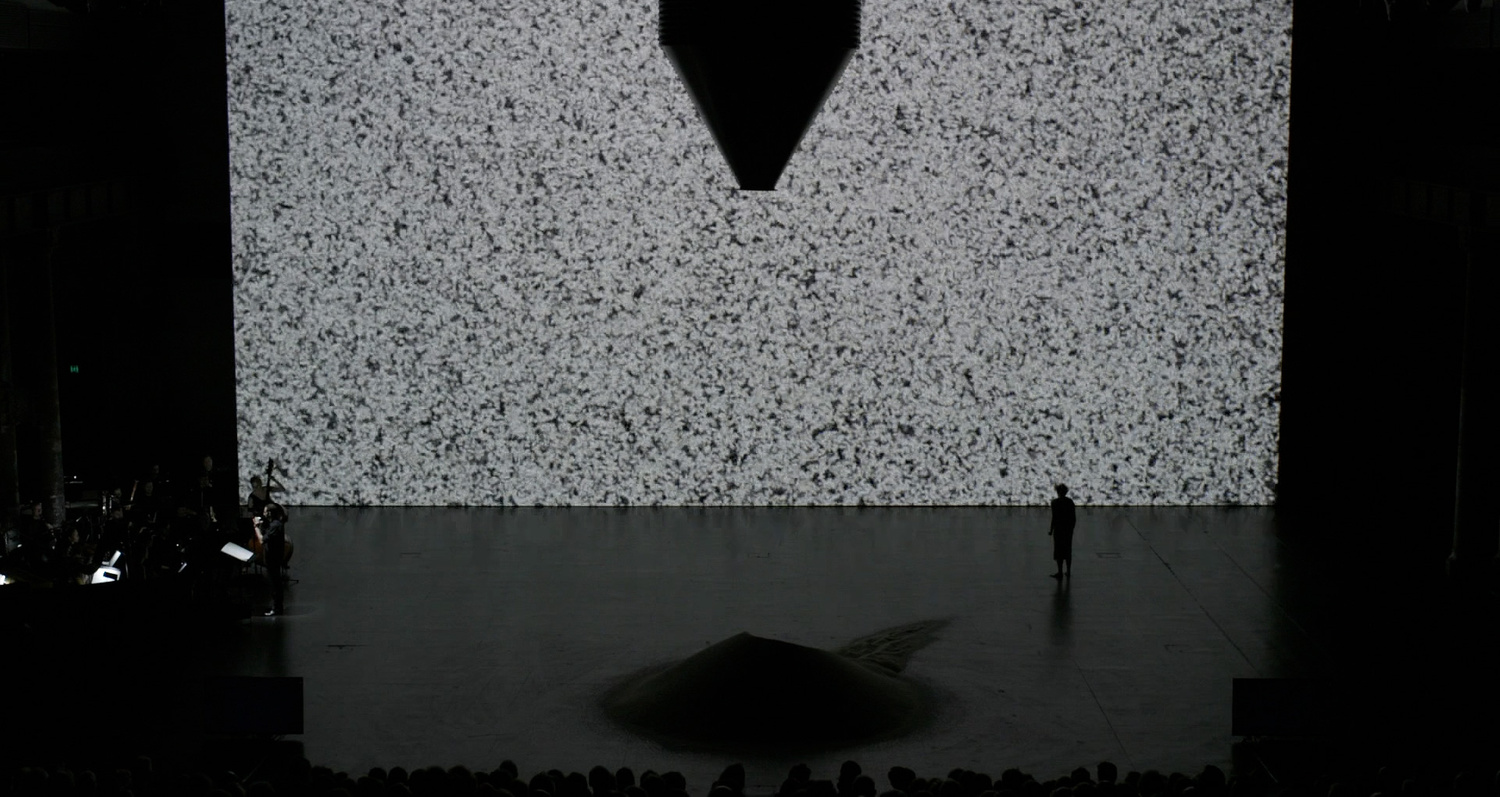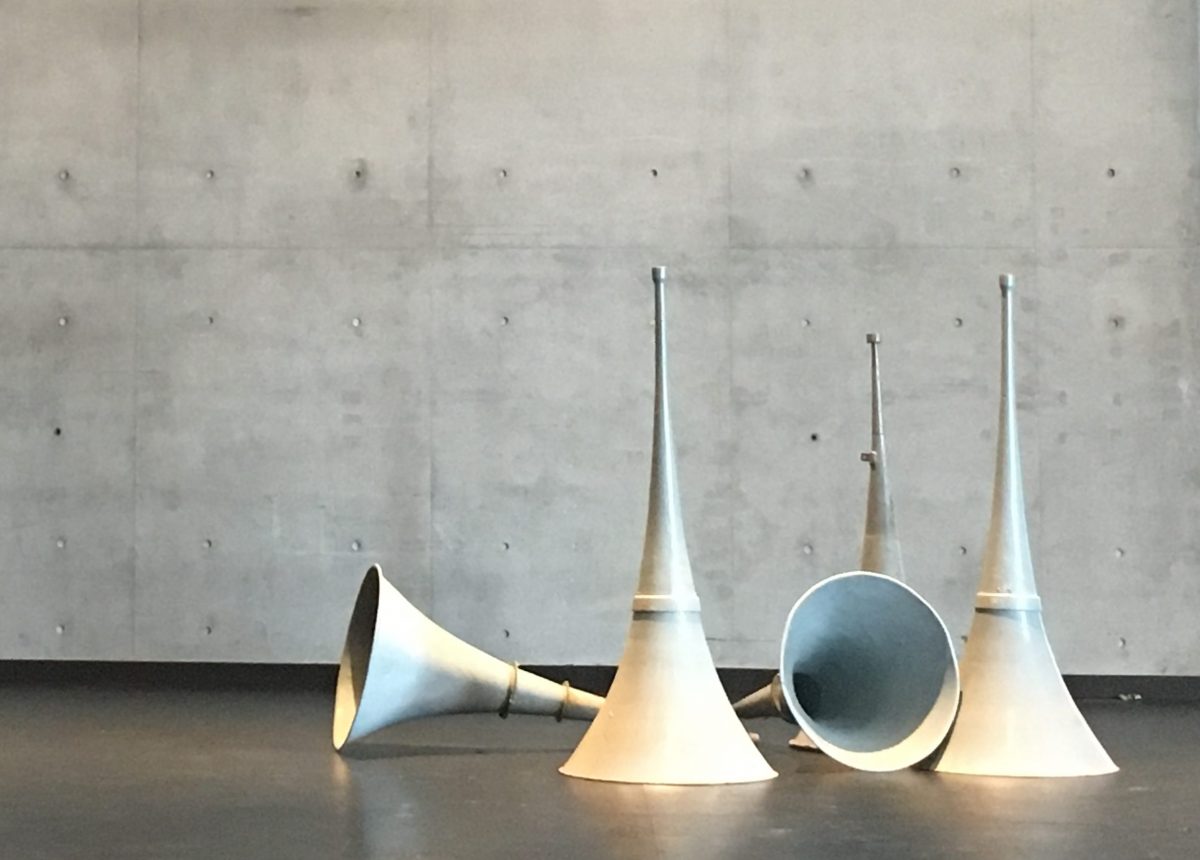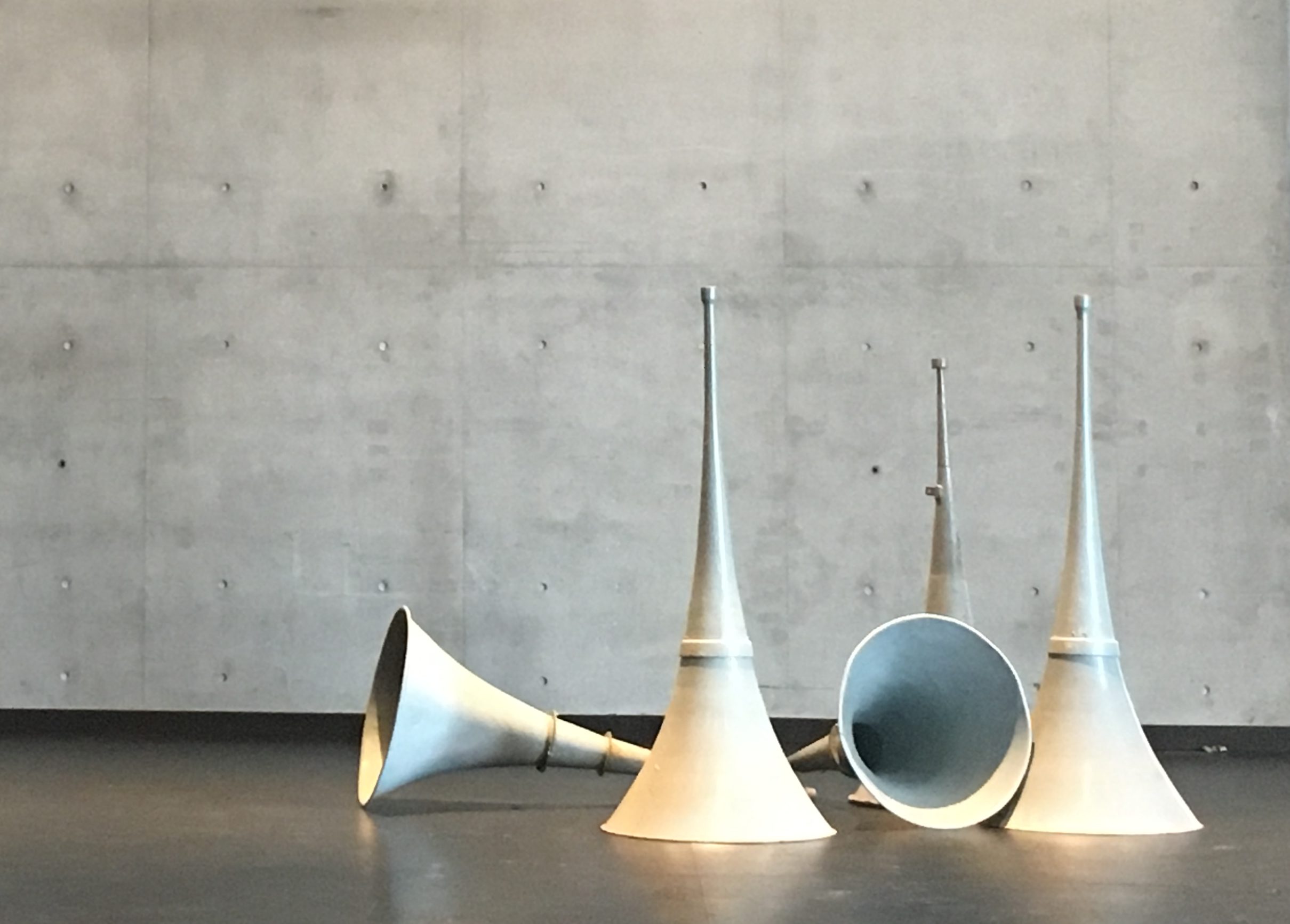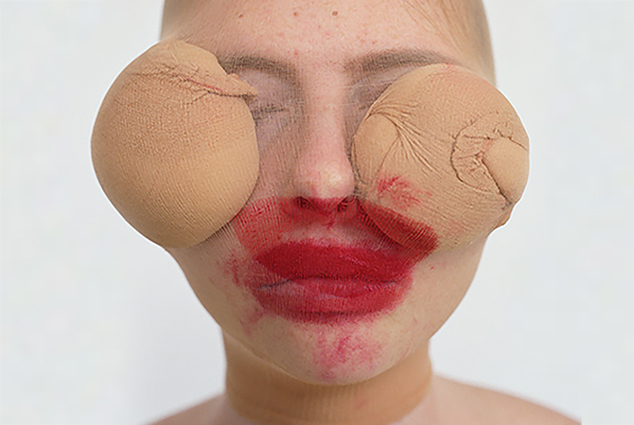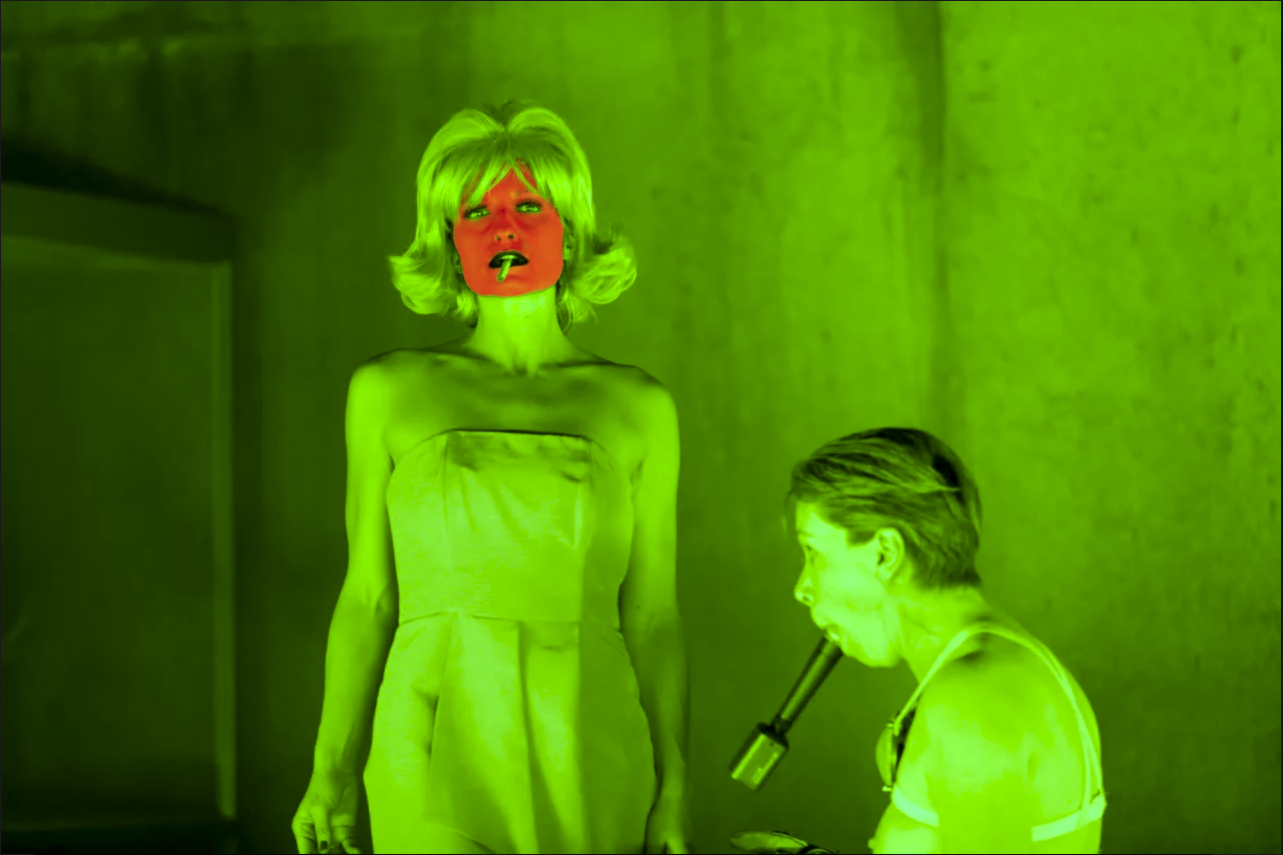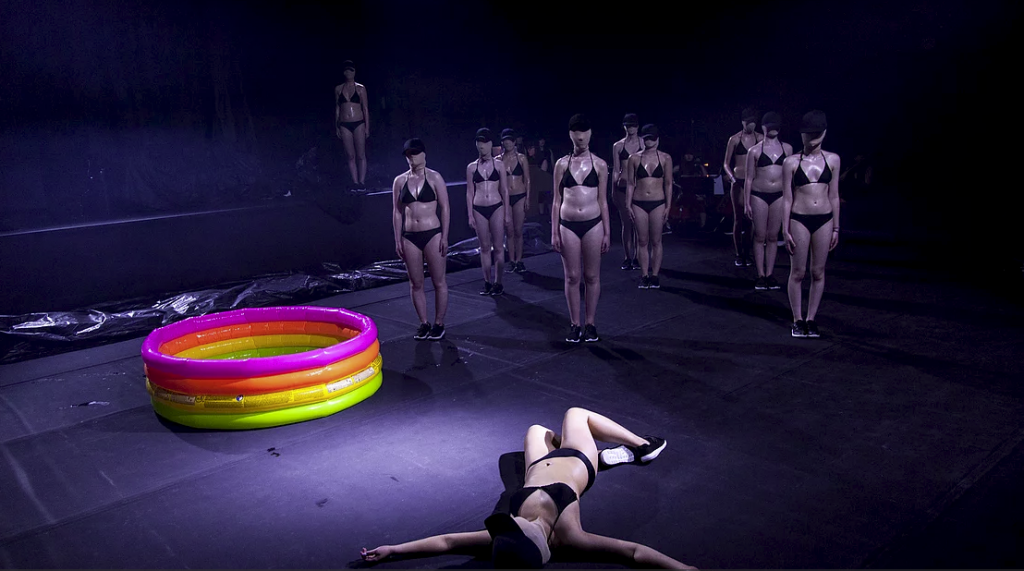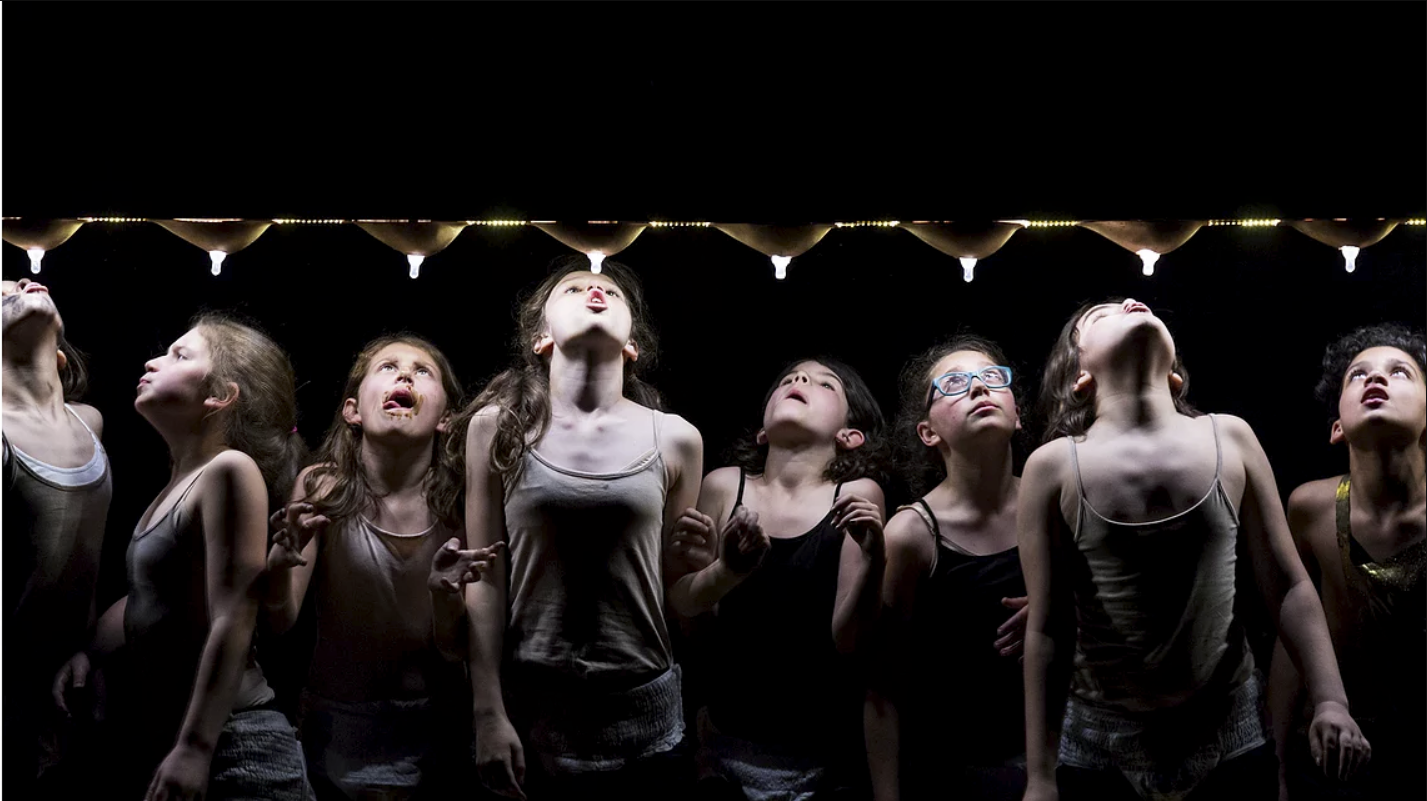INSIDE THE BODY
OF A WATER NYMPH
Jane Sheldon on composing poem for a dried up river
very small and damaged and quite dry
a Roman water nymph made of bone
tries to summon a river out of limestone
British poet Alice Oswald wrote Dunt: a poem for a dried up river after visiting a Gloucestershire museum and seeing a small carved figurine of a water nymph from Roman Britain, wrought in a time of drought as a supernatural aid to conjure water from a dry river bed. It is one of several poems by Oswald about water, about rivers. She says of the water nymph figurine, “I admire these extreme ways of invoking rain, just as I admire anyone who dares, by means of metaphor (and all language is rooted in metaphor), to communicate with something that isn’t human. If you’ve paid money for seeds or animals and you want to increase their worth by growing them on, then a water nymph is not some kind of a literary personification of water, nor is it a liquefaction of women, but it’s an effort, driven by absolute need, to make contact with something inscrutable.” I came across the poem about three years ago and was immediately struck by its internal music. It is full of pauses and stuttering repetition and it comes off the page as an exquisitely sonic work. Oswald’s masterful manipulation of pace seemed to force the poem into my body in a way that I had rarely experienced reading a poem. What do I mean by that? It’s perhaps best elucidated with an anecdote reported in the Guardian newspaper: Oswald gives regular recitations of her work and she’s quite a theatrical reader; at one event someone in the audience had an asthma attack because Oswald’s recitation was such that they forgot to breathe. (Fear not, I feel fairly sure my composition poses no threat to asthmatics.)
If you’ve paid money for seeds or animals and you want to increase their worth by growing them on, then a water nymph is not some kind of a literary personification of water, nor is it a liquefaction of women, but it’s an effort, driven by absolute need, to make contact with something inscrutable.”
In her poem, Oswald takes the human effort to invoke rain and transposes it into the body of the water nymph. She tries and tries to draw water from the limestone riverbed but the dry ground will not respond; water seems to be present only in memory. She is a fertility goddess found to be infertile. In my music, I carry this transposition further, constructing the timbral language of the work out of physical labour, out of effort. Specifically, the task I set for myself was to create for the instruments a sonic palette derived from the way effort imprints itself on our breathing. poem for a dried up river features two soprano roles (sung in this Australian premiere by myself and the wonderful Anna Fraser). There is a clear division of materials: Anna sings the poem’s text, while my own part consists of almost entirely wordless vocalisations, many of which derive from sounds that are the natural consequences of physical effort. The piece opens with an activation of the breath, the first place that effort reveals itself in the body; these breath sounds are then mimicked in the instruments of the ensemble as the nymph’s voice extends into sung pitch, her breathing becoming increasingly recognisable as a musical object. The piece unfolds in a large-scale pump structure, with some sections very dry, and some flooded with sound. Its complete palette of timbres is intended to suggest an alternation and occasional confusion between contrasting states: dry and wet, weak and strong, barren and fecund. Throughout the piece, now and then, the veil between the work’s two planes—the human and the supernatural—is penetrated with a vocal unison, whispered or sung.

In these performances at Sydney Festival, as in its US premiere, the work will be presented in an installation made of clay, designed by Elizabeth Gadsby, with staging co-devised by Elizabeth, myself, and choreographer Danielle Micich. It was important to us to stage a physical task for me to perform as the musical work unfolds and for this task to take place in interaction with organic materials. It was also important to us that the physical performance is genuinely difficult, requiring real effort, so throughout the piece the water nymph must unfurl a mass of clay into a long, dry riverbed. We chose to work with a heavy clay path for several reasons: for one thing, it provides a task of the right magnitude (I can report that a small volume of clay is absurdly heavy) but it is also a material whose plasticity records in fine detail any application of weight or gesture to its surface.
I have tried to situate the breath as much as possible in a region between a completely organic response to effort and its treatment as a musical object. The score has been designed to assimilate incidental laboured breathing resulting from a physically difficult task undertaken in the staging. On the one hand, there are many very precisely notated breaths in the score, but there’s also the real effortful breath resulting from trying to work at a heavy object on a slippery substrate. A key challenge of the composition has been to create a musical context in which the natural breath of the working body and breath as a musical object are materials almost indistinguishable.
Keep in touch
General Inquiries
- contact@sydneychamberopera.com
-
SCO, Carriageworks
PO Box 3035 Redfern, NSW 2016
Postal Address -
SCO, Carriageworks
245 Wilson St Eveleigh, NSW 2015
Resident Address - (02) 8571 9106
